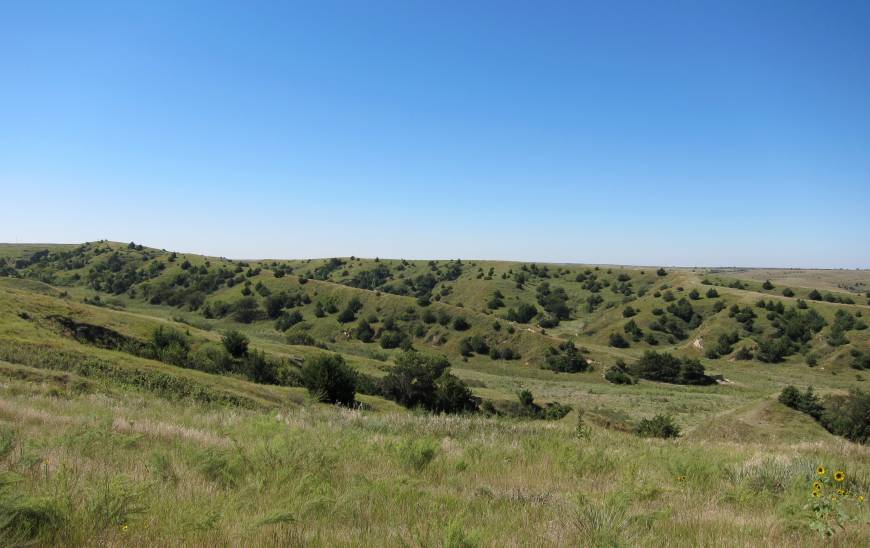The Stanford School of Earth, Energy & Environmental Sciences is now part of the Stanford Doerr School of Sustainability.
This page is currently being maintained for archival purposes only. For the latest information, please visit us here.
Increase in grasslands may have produced profound changes in climate
Major shifts in ecology not only result from, but also can drive changes in global climate.
By
Laura Poppick
October 10, 2013
Hari Mix

Grassland expansion may have driven significant changes in global climate within the past 15 million years, according to new research from Stanford Environmental Earth System Science graduate student Hari Mix and Professor Page Chamberlain.
Geoscientists have long recognized a 15-million-year-old shift in the oxygen isotopic composition of precipitation as recorded in western North American soil carbonates, but have struggled to explain what may have caused this shift. Researchers agree that it reflects changes in the hydrologic cycle, but some attribute it to drought, while others attribute it to changes in topography.
Unsatisfied by these explanations, Mix and Chamberlain tested whether a rapid expansion of grasslands during this period could have affected the regional water cycle and caused the shift. Since grasses have highly flexible stomata, transpire seasonally, have shallow root systems compared to other plants and recycle nearly all water they consume through evapotranspiration, the isotropic signature of the water that is recycled by grasses is distinct from other plants and similar to those found in the sedimentary rocks that formed during this period.
With isotopic data collected from across western North America, the team created an isotopic vapor transport model showing that grasslands do, indeed, have the power to induce region-wide and potentially global-scale changes in the hydrologic cycle. They reported their findings recently in the journal Earth and Planetary Science Letters.
“We are starting to see evidence that these big changes in ecology not only respond to, but also can drive changes in global climate,” Mix said.
The team next plans to apply the model to broader regions of the world to better understand how grasslands might drive changes at a global scale.
Laura Poppick is a science writer based on the East Coast.



